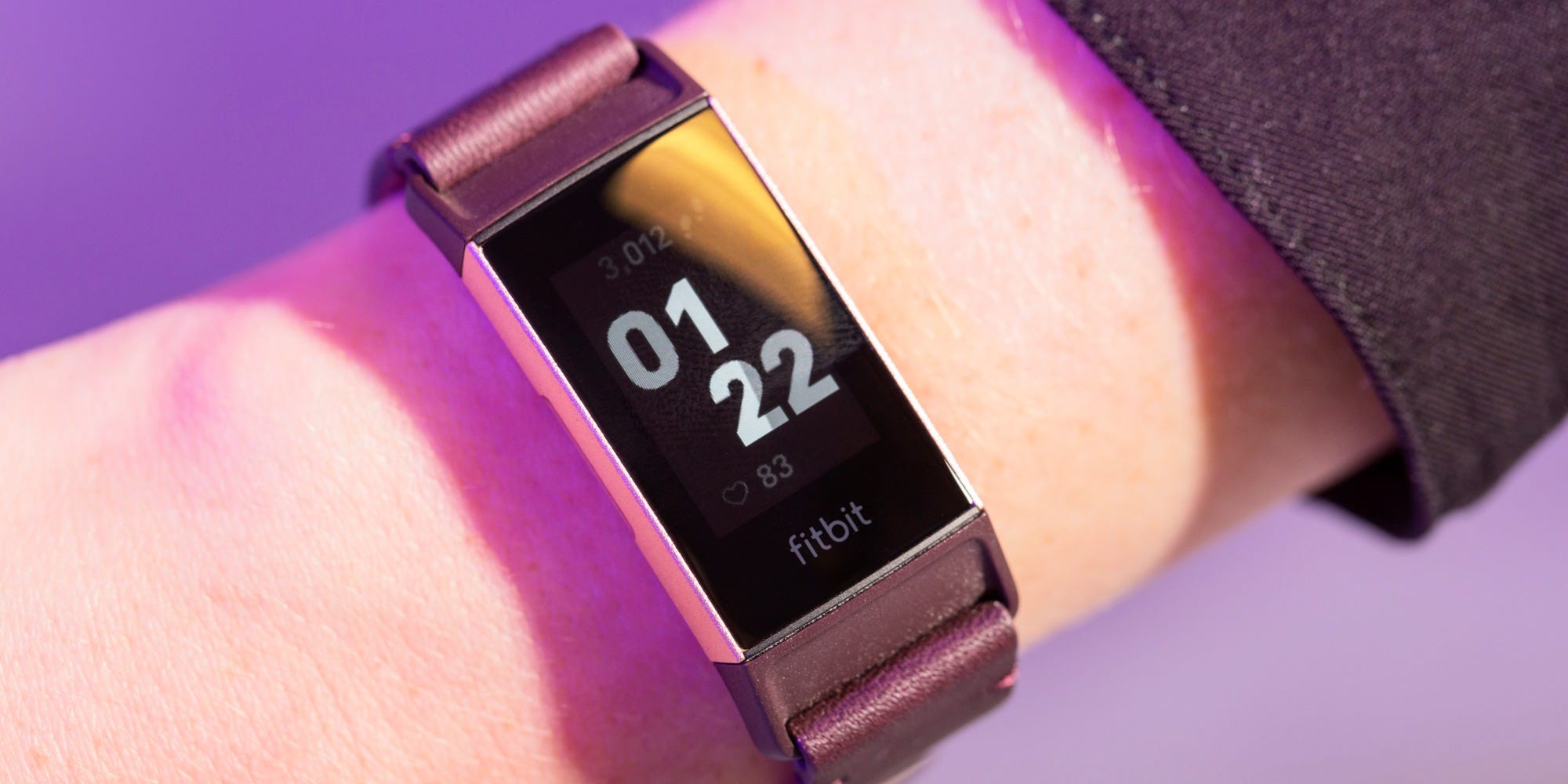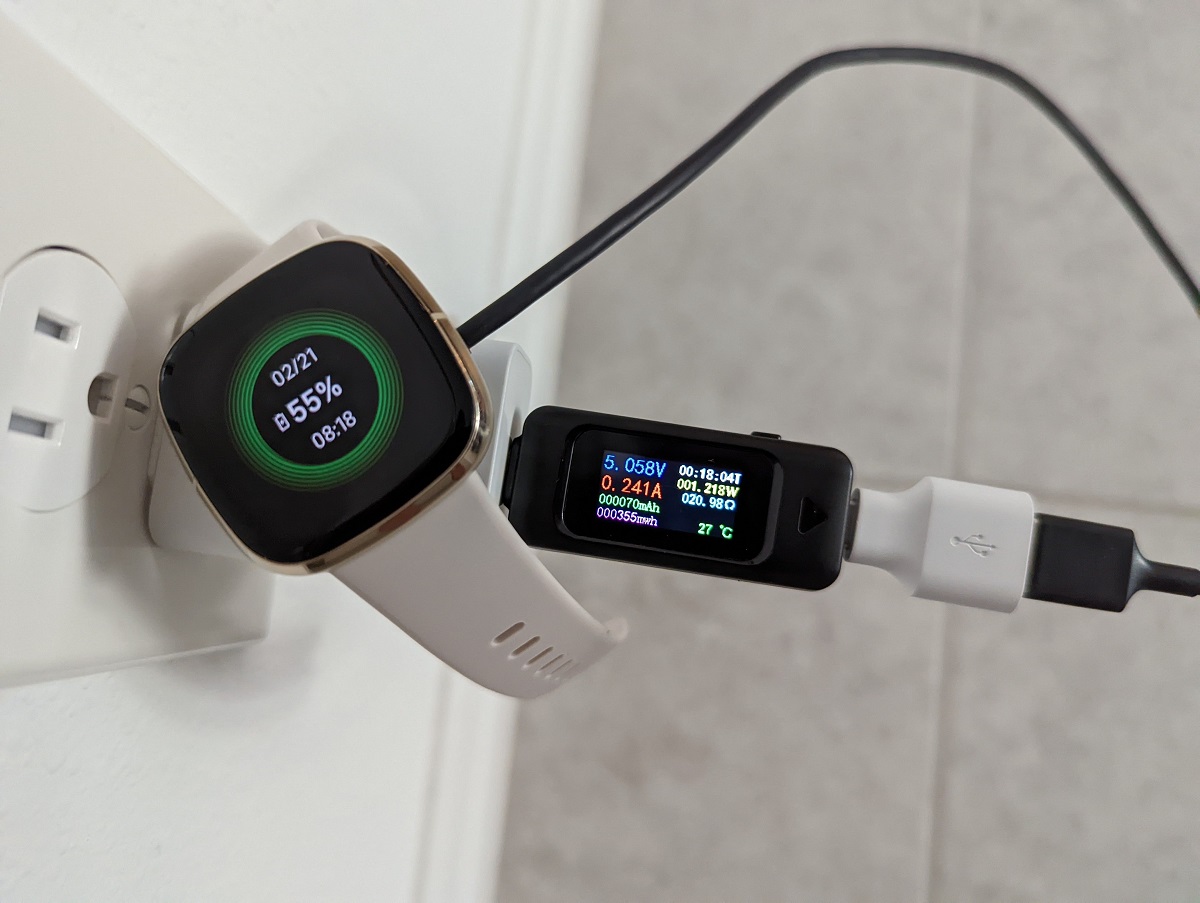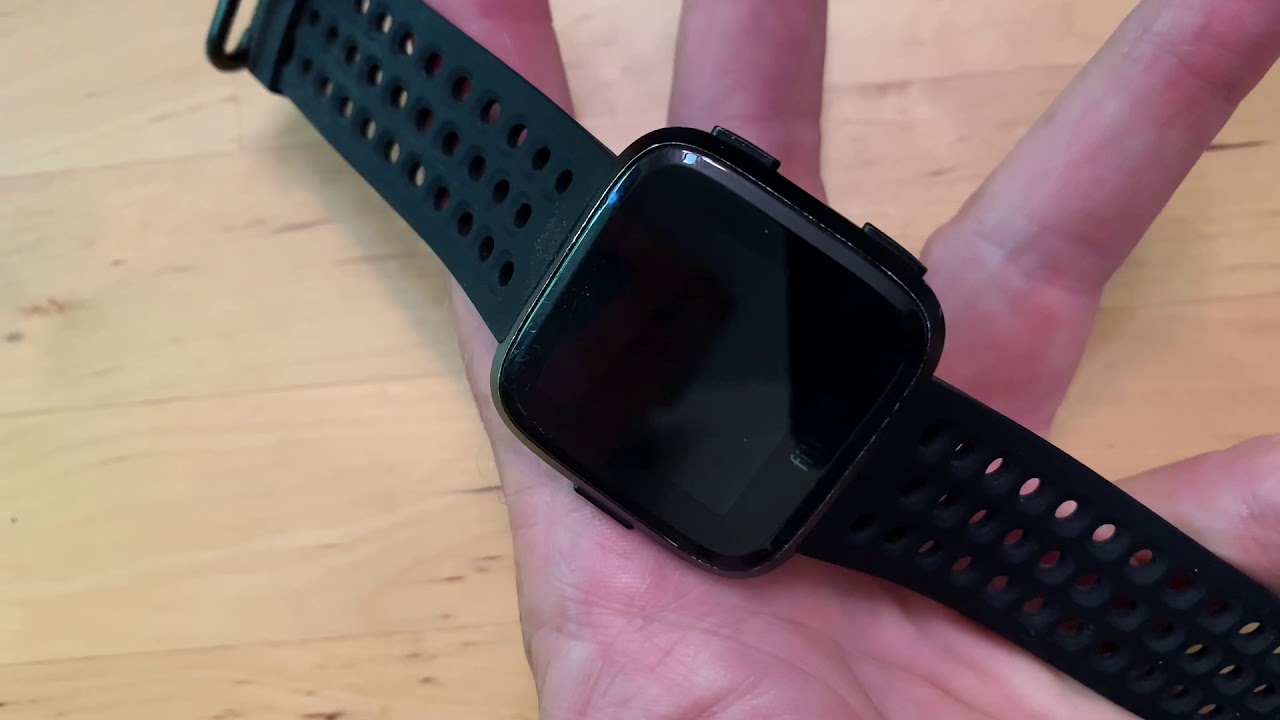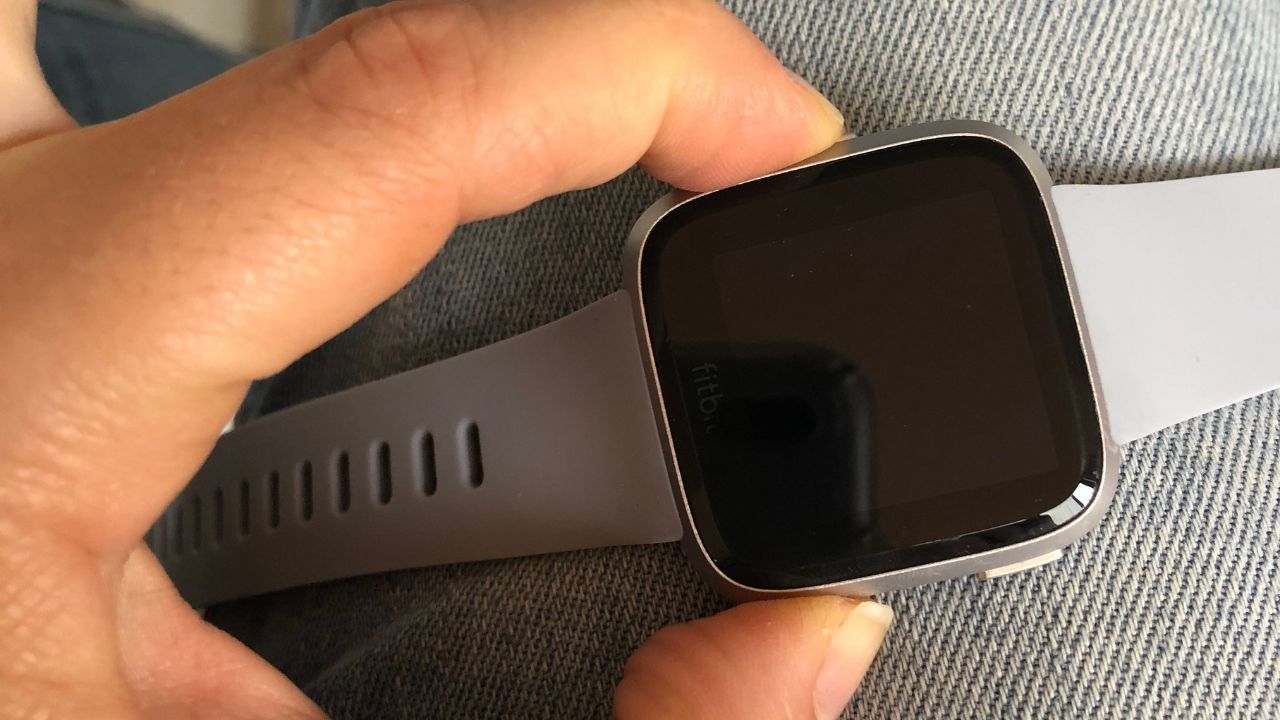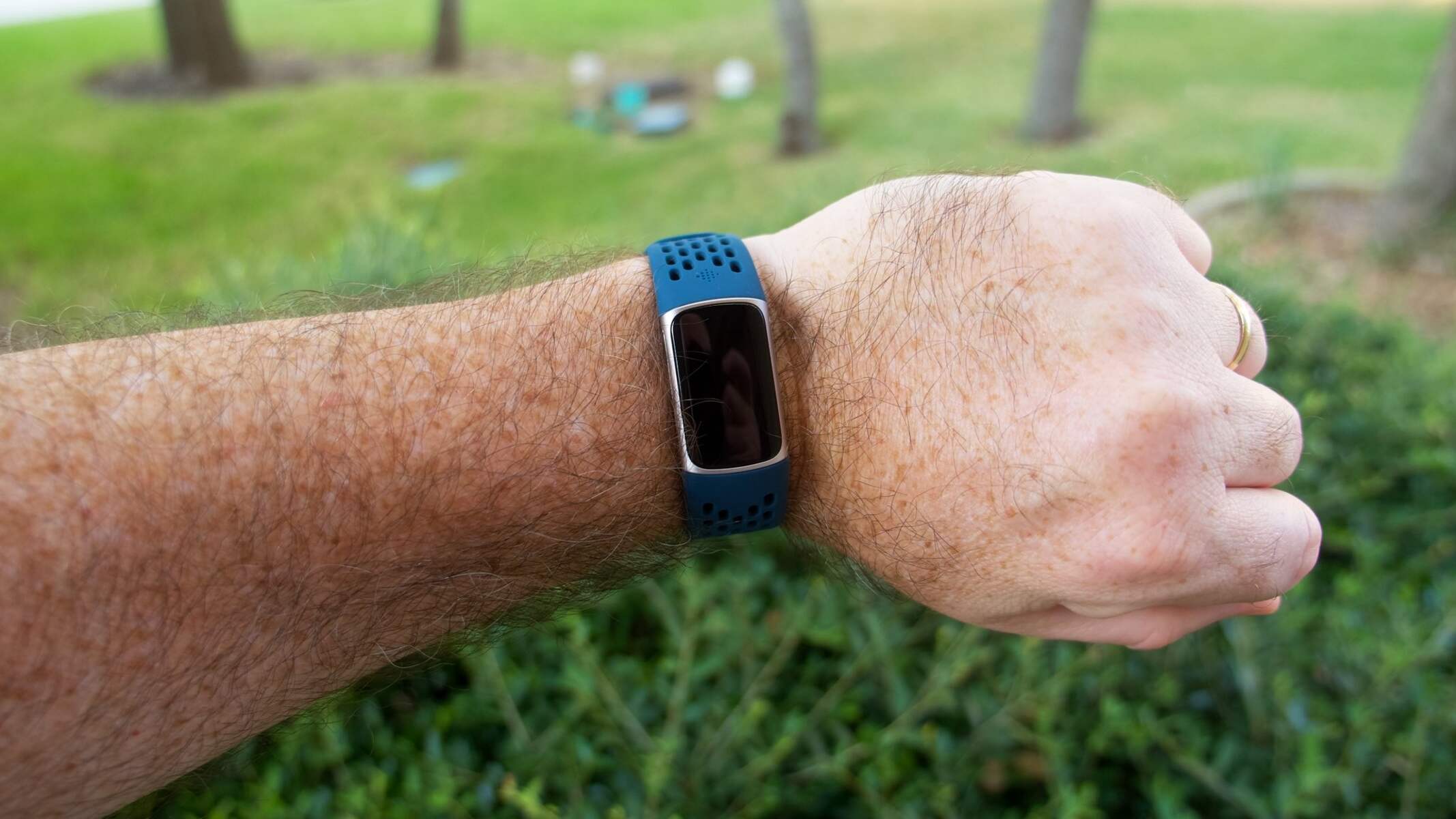Common Reasons Why Fitbit Won't Charge
-
Faulty Charging Cable: A common reason for Fitbit not charging is a faulty charging cable. Over time, the cable may become worn out or damaged, leading to connectivity issues and preventing the device from charging properly.
-
Dirty Charging Contacts: The charging contacts on both the Fitbit device and the charging cable can accumulate dirt, sweat, or residue from skincare products. This buildup can hinder the flow of power between the charger and the device, resulting in charging problems.
-
Low Battery: If your Fitbit's battery is critically low, it may not respond to the charging attempts immediately. In such cases, the device may need to be charged for an extended period before it shows any signs of life.
-
Software Glitches: Occasionally, software glitches or bugs within the Fitbit device can disrupt the charging process. These issues may arise from outdated firmware or conflicting software updates.
-
Hardware Malfunctions: Internal hardware malfunctions, such as a defective battery or charging port, can also cause charging difficulties. Physical damage to the device, including water exposure or impact damage, can exacerbate these issues.
-
Charging Source and Adapter Problems: Using a faulty power source or adapter can hinder the charging process. Incompatible adapters or low-quality USB ports may not deliver the required power to charge the Fitbit effectively.
-
Temperature Extremes: Exposing the Fitbit to extreme temperatures, whether excessively hot or cold, can impact the device's battery and its ability to charge.
Understanding these common reasons why Fitbit won't charge is crucial for troubleshooting and resolving charging issues effectively. By identifying the root cause of the problem, users can take appropriate steps to rectify the situation and ensure that their Fitbit remains functional and reliable.
Steps to Troubleshoot Fitbit Charging Issues
1. Check the Charging Cable and Connections
Ensure that the charging cable is securely connected to both the Fitbit device and the power source. Examine the cable for any signs of wear or damage, such as frayed wires or bent connectors. If any issues are detected, consider using a different charging cable to determine if the problem lies with the cable itself.
2. Clean the Charging Contacts
Thoroughly clean the charging contacts on both the Fitbit device and the charging cable using a soft, dry cloth. If there is visible residue or buildup, a mixture of water and isopropyl alcohol can be used to gently wipe the contacts. Ensure that the contacts are completely dry before attempting to charge the device again.
3. Restart the Fitbit Device
Perform a restart on the Fitbit device by following the manufacturer's recommended steps for rebooting. This simple action can help resolve minor software glitches that may be hindering the charging process.
4. Try a Different Power Source
If the Fitbit is not charging, try using a different power source, such as a USB port on a computer or an alternate wall adapter. This can help determine if the issue is related to the power source rather than the Fitbit device itself.
5. Verify the Charging Indicator
When the Fitbit is connected to the charging cable, check for the presence of a charging indicator on the device's screen or LED lights. If there is no indication of charging, attempt to reposition the device on the charger or gently adjust the connection to ensure a secure fit.
6. Update Fitbit Firmware
Ensure that the Fitbit device is running the latest firmware version available. Updating the firmware can address potential software-related charging issues and improve overall device performance.
7. Perform a Factory Reset (if necessary)
As a last resort, consider performing a factory reset on the Fitbit device to eliminate persistent software issues. It's important to note that a factory reset will erase all data and settings on the device, so this step should only be taken if other troubleshooting methods have been unsuccessful.
By following these troubleshooting steps, users can effectively address Fitbit charging issues and restore the functionality of their devices. Identifying and resolving charging problems promptly can help ensure that the Fitbit remains operational and ready to track fitness activities seamlessly.
Tips for Maintaining Fitbit Charging Functionality
Proper maintenance of your Fitbit device and its charging components is essential to ensure consistent and reliable charging functionality. By incorporating the following tips into your routine, you can prolong the lifespan of your Fitbit and minimize the occurrence of charging-related issues.
-
Regular Cleaning: Periodically clean the charging contacts on both the Fitbit device and the charging cable. Sweat, dirt, and residue from skincare products can accumulate over time, hindering the flow of power during charging. Use a soft, dry cloth to gently wipe the contacts, and if necessary, lightly dampen the cloth with a mixture of water and isopropyl alcohol for thorough cleaning. Ensure that the contacts are completely dry before attempting to charge the device.
-
Proper Storage: When not in use, store your Fitbit and its charging cable in a clean, dry environment. Avoid leaving the device exposed to excessive heat, direct sunlight, or extreme cold, as these conditions can impact the battery and overall charging performance. Additionally, storing the device in a protective case or pouch can help prevent damage to the charging contacts and connectors.
-
Avoid Overcharging: While it is essential to keep your Fitbit adequately charged for uninterrupted use, avoid leaving the device connected to the charger for extended periods once it reaches full charge. Overcharging can potentially strain the battery and lead to long-term charging issues. Disconnect the device from the charger once it reaches 100% battery level.
-
Use Genuine Accessories: Utilize genuine Fitbit charging cables and adapters to ensure compatibility and optimal charging performance. Third-party or counterfeit accessories may not provide the necessary power output or proper connectivity, leading to charging inefficiencies and potential damage to the device.
-
Firmware Updates: Stay updated with the latest firmware releases for your Fitbit device. Firmware updates often include improvements related to charging functionality and battery management. By keeping the device's software up to date, you can mitigate potential software-related charging issues and benefit from enhanced performance.
-
Battery Care: Avoid letting the Fitbit's battery drain completely before recharging. Regularly topping up the battery and avoiding deep discharges can contribute to better long-term battery health and charging efficiency. Additionally, consider restarting the device occasionally to refresh its system and optimize charging performance.
By incorporating these maintenance tips into your Fitbit care routine, you can proactively preserve the charging functionality of your device and minimize the occurrence of charging-related issues. Consistent care and attention to charging components can contribute to a seamless and reliable Fitbit charging experience, ensuring that your device remains ready to support your active lifestyle.
When to Seek Professional Help for Fitbit Charging Problems
In some instances, despite diligent troubleshooting and maintenance efforts, Fitbit charging problems may persist, indicating the need for professional intervention. Recognizing the signs that warrant professional assistance can help users address underlying issues effectively.
Persistent Charging Failures
If the Fitbit device consistently fails to charge despite employing various troubleshooting methods and using different charging cables and power sources, it may indicate a more complex underlying problem. Persistent charging failures, especially when accompanied by visible physical damage or irregular device behavior, necessitate the expertise of professional technicians.
Unresponsive Device
An unresponsive Fitbit device that does not show any signs of life or fails to power on even after extended charging attempts may signal internal hardware or software issues that require professional diagnosis. Professional technicians can conduct comprehensive assessments to identify the root cause of the unresponsiveness and implement targeted solutions.
Physical Damage
Physical damage to the Fitbit device, such as a cracked screen, water exposure, or impact-related issues, can significantly impact its charging functionality. In such cases, seeking professional help is crucial to assess the extent of the damage and determine the necessary repairs or replacements to restore the device's charging capabilities.
Warranty-Related Concerns
For Fitbit devices under warranty, encountering persistent charging problems may necessitate reaching out to the manufacturer or authorized service centers for specialized support. Professional technicians can evaluate the device within the warranty terms, offering repair or replacement options to address the charging issues effectively.
Complex Software Issues
Complex software-related charging issues, such as recurring firmware glitches or persistent malfunctions despite firmware updates, may require advanced diagnostics and software interventions. Professional technicians possess the expertise to delve into intricate software issues and implement targeted solutions to restore the device's charging functionality.
Battery Health Concerns
If the Fitbit device exhibits irregular battery performance, including rapid discharging or prolonged charging times, professional assistance can help assess the battery's health and determine if a battery replacement is necessary. Professional technicians can conduct battery diagnostics and replacements to ensure optimal charging performance.
Recognizing the aforementioned scenarios can guide Fitbit users in determining when professional help is warranted for addressing charging problems effectively. Seeking professional assistance in these circumstances can facilitate thorough diagnostics, targeted repairs, and comprehensive solutions to restore the Fitbit's charging functionality, ensuring continued support for active lifestyles.







